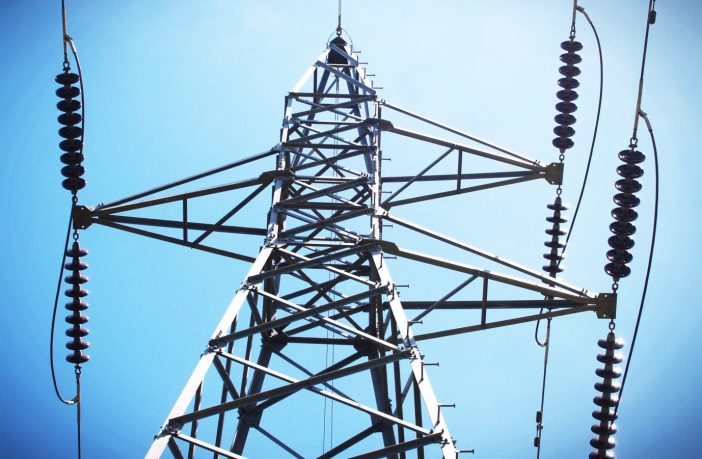South Africa will open power generation to private players and establish an electricity market as soon as possible, said President Cyril Ramaphosa in a late-night address to the nation on Monday.
State utility Eskom will immediately be allowed to procure any extra generation capacity available from current independent power producers already providing it with power; procure any additional available power from Zambia and Botswana through the Southern African Power Pool; and the licensing threshold for new embedded generation projects of 100MW will be completely removed.
“To incentivise greater uptake of rooftop solar, Eskom will develop rules and a pricing structure – known as a feed-in tariff – for all commercial and residential installations on its network,” said Ramaphosa as he explained how South African citizenry and business are being called on to provide the generational capacity the state utility so desperately needs.
Coming on the back just more than three weeks of the worst loadshedding the country has seen, reaching stage six at times, the announcement included various measures being introduced to “diversify generation by allowing parties other than Eskom to generate electricity.”
The President said the interventions were aimed at:
- improving Eskom’s existing fleet of power stations
- accelerating procurement of new generation capacity
- massively increasing private sector investment in generation capacity
- enabling businesses and households to invest in rooftop solar
- fundamentally changing the electricity sector and positioning it for future sustainability.
Since restarting the Renewable Energy Independent Power Producer Programme (REIPPP) in 2018, just more than 2,000 MW of solar and wind power were connected to the national grid through Bid Window 4 of the REIPPP. A further 2,600MW of capacity has been procured through Bid Window 5, which will begin to add capacity from early 2024.
Relevant government departments will work together to ensure all projects under Bid Window 5 will start construction on schedule. “This includes taking a pragmatic approach to the local content requirements of these projects, prioritising the need to build new capacity as quickly as possible. The Department of Trade, Industry and Competition together with the Independent Power Producers Office will provide further details in this regard within the coming days,” said the President.
He also said the amount of new generation capacity procured through Bid Window 6 for wind and solar power will be doubled from 2,600MW to 5,200MW.
“We will release a request for proposals for battery storage by September this year and a further request for gas power as soon as possible thereafter.”
The Minister of Mineral Resources and Energy will also issue a determination for the remaining allocations in the Integrated Resources Plan 2019 (IRP2019) and open further bid windows on an expedited basis.
To ensure effective planning, the country’s IRP is being reviewed to reflect the need for additional generation capacity and South Africa’s climate commitments, said Ramaphosa.
Eskom will also be constructing its first solar and battery storage projects at Komati, Majuba, Lethabo and several other power stations as the coal-fired plants are decommissioned. These will result in over 500MW being added to the system
Author: Theresa Smith
Theresa Smith is a conference producer for Vuka Group.
This article was originally published on ESI Africa and is republished with permission with minor editorial changes.
















